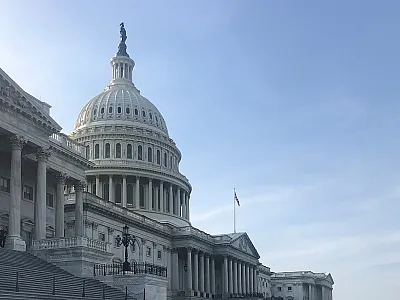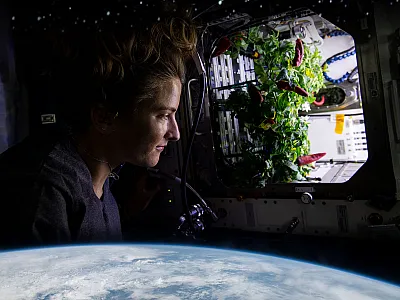Exploring a Future with Perennial Rye
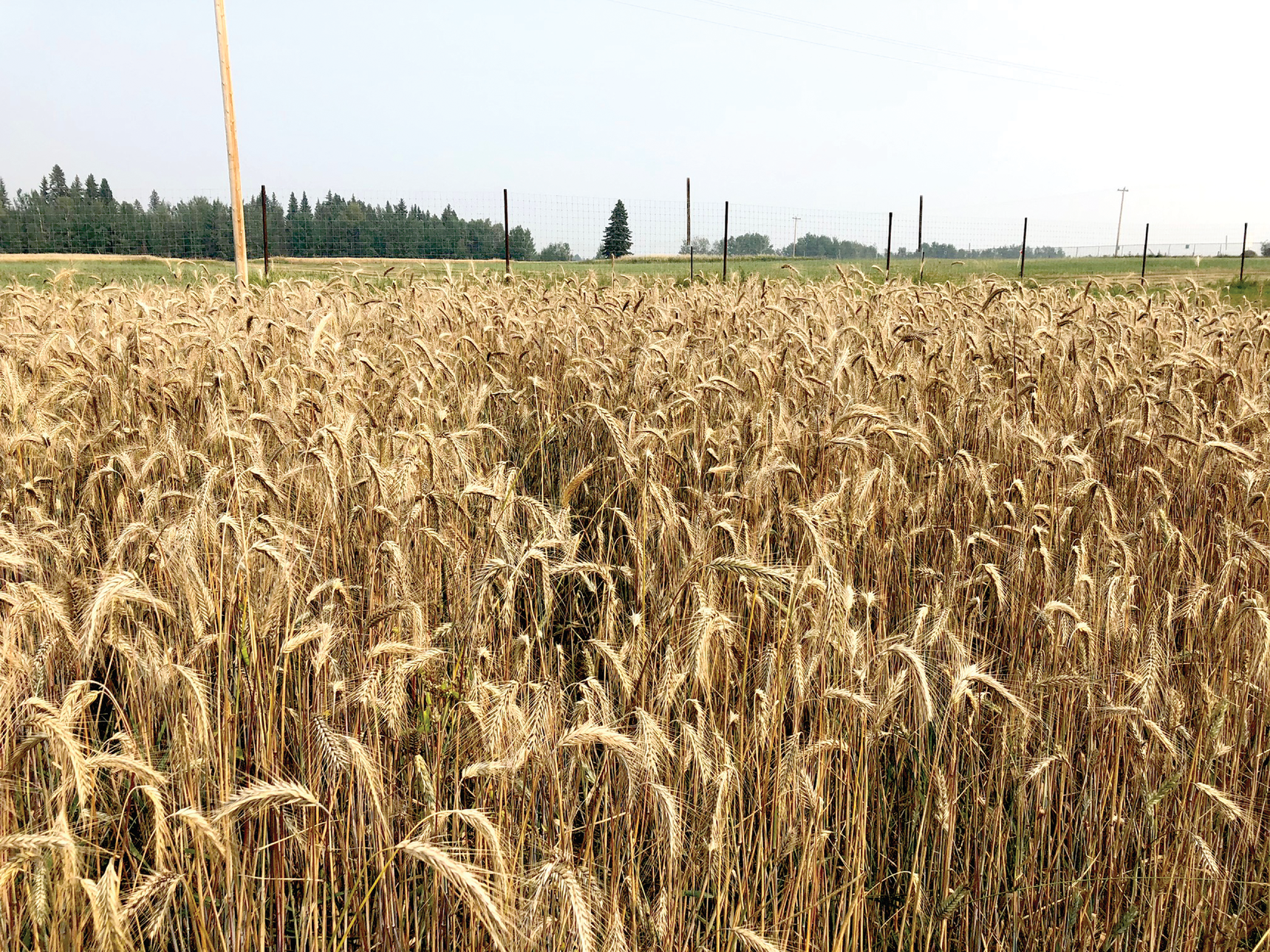
Monoculture dominates modern agriculture, but many agronomists are looking to the past to explore the environmental and economic benefits of perennial crops with the aim of creating more sustainable farming systems.
For thousands of years, farmers have reaped the benefits of perennial crops, from fruit trees to alfalfa to grapes. Today, farmers and researchers are looking for other perennial crops that require less water and nutrient input than annuals and provide a reliable and economically sustainable food source for their farming enterprises. Perennials do not require reseeding every year, which is an enticing prospect in the face of changing climate, rising energy costs, and land degradation. These plants also allow farmers to disengage from the economic instability of annual planting that require costly inputs and operational expenses.
Recent studies have begun to explore the potential of perennial grains to support new agricultural systems that can meet global caloric requirements on the current footprint of cultivated agricultural land.
The Pros and Cons of Perennial Crops
Most grain crops require annual replanting. To give the new growth a leg up in the competitive world, pesticides and fertilizers kickstart the new growth. This annual production process emits significant greenhouse gases, contributing to climate change that can in turn have adverse effects on agricultural productivity.
Perennial grains offer an opportunity to get off the annual planting cycle and provide additional benefits to the land for future cultivation. These crops have greater access to resources over a longer growing season and maintain the health and fertility of soil. Because perennials do not need to be reseeded every year, annual plowing and soil disruption is limited, which reduces erosion and the loss of topsoil from wind and rainfall. The more stable soil structure also holds onto moisture more efficiently and filters pollutants, like nitrogen from synthetic fertilizers, from traveling to groundwater systems. Because the soil can hold onto the nutrients, fertilizer application is lower. Perennials also invest more carbon reserves below ground to establish their deeper, denser root systems. The extensive root systems also allow these plants to grow on marginal lands. Perennials can also compete against weeds and do not require annual herbicide application.
But perennials are a conundrum.
“Annual grain crops make up the bulk of human food, but they have a negative effect on the environment,” says Lee De Haan, director of Crop Improvement at The Land Institute. “Perennials benefit the environment but currently do not produce human edible food in high enough quantities.”
During the past decade, plant breeders in the United States have been working to develop perennial versions of wheat, sorghum, sunflowers, and legumes. These programs aim to recover the functionality of native grain plants that have been lost with modern agriculture, but boost the productivity to make perennial crops attractive to growers.
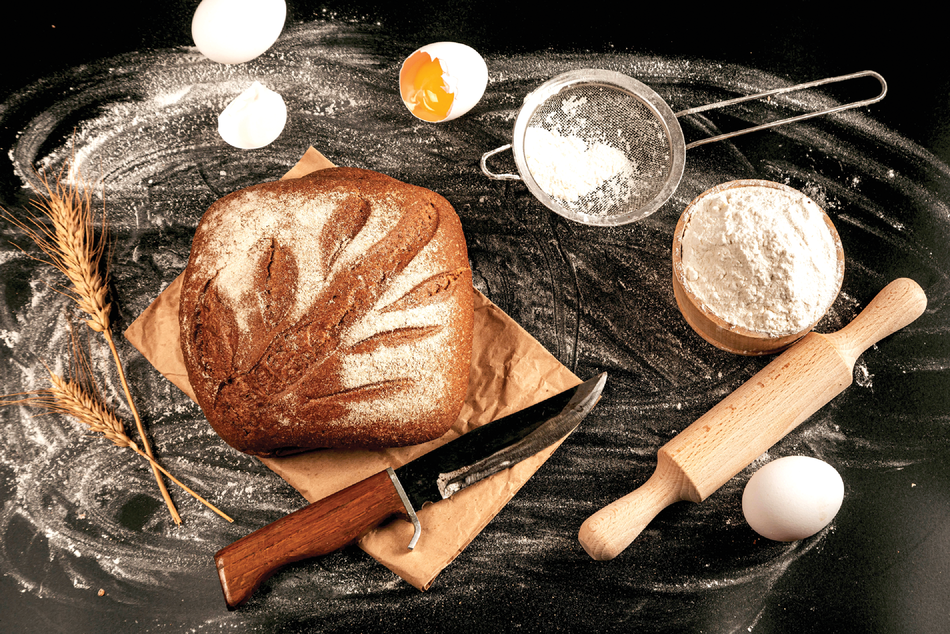
(https://bit.ly/3XTFjbn) and reprinted under license CC BY 2.0 (https://creativecommons.
org/licenses/by/2.0/).
Rye is the latest grain to explore for perenniality. The hardiest of all cereal crops, rye began as a weed widely distributed in wheat and barley fields of southern Europe and Asia. It can grow in poor quality soil and withstand frost conditions. Its extensive root system captures and holds onto nutrients, and the extensive biomass suppresses weeds and protects the soil from erosion. It also suppresses pests. Rye overseeds readily and resumes growth quickly in spring. Today, half of the rye grain harvest in the United States is used as pasture, hay, or as a cover crop. As a food product, rye flour offers an attractive high source of protein.
“One of the big problems with agriculture right now is that we have disrupted the natural system. By emulating more features of natural systems, like perennial polycultures, we can make agriculture more self-sufficient and move toward a more natural system.”
Scrutinizing Perennial Rye in Canada
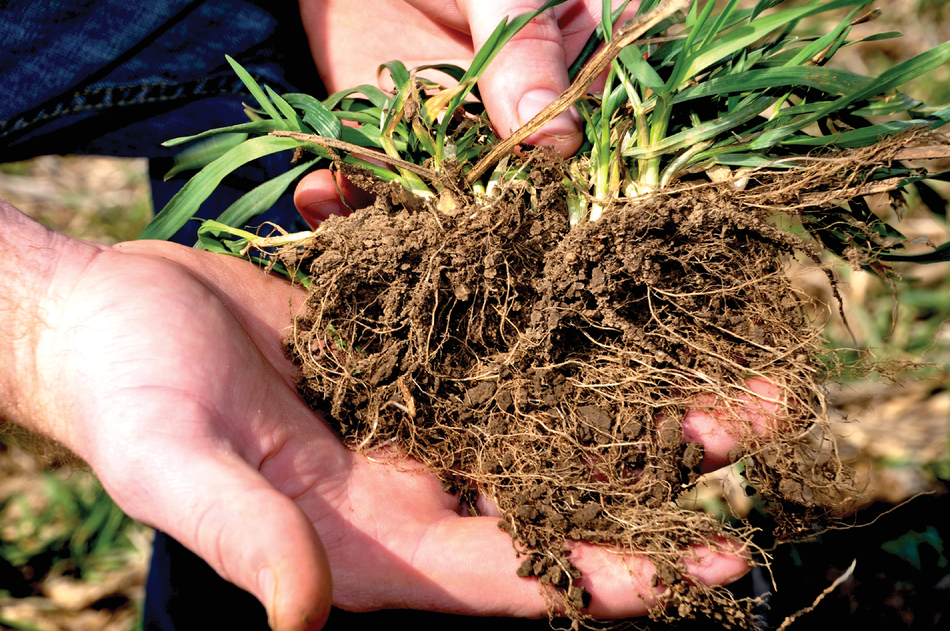
extensive biomass suppresses weeds and protects the soil from erosion. NRCS/SWCS photo
by Lynn Betts.
Erin Daly is the lead author of a recent study published in Agronomy Journal (https://doi.org/10.1002/agj2.20965) that evaluated how the ACE-1 PC perennial rye compares to a spring rye (Gazelle) and a fall rye (Hazlett) cultivar during the short growing season and cold winters of central Canada. The team also compared the results to a perennial forage crop (a mix of meadowbrome and alfalfa). “We looked at perennial rye because it is better suited for conditions in northern, central Alberta—long, long winters and a really short growing seasons,” explains Daly, a Ph.D. candidate in the Sustainable Land Ecosystems research group at the University of Alberta. “The biggest challenge under these conditions is giving the crop enough time to grow enough
reserves through fall to survive during the winter.”
The ACE-1 PC rye cultivar was developed at the Lethbridge Research Centre. Previous studies have found it uses spring moisture effectively to initiate early growth. It also competes well with weeds. The significant regrowth improves the potential of using this cultivar for silage or pasture. It is not susceptible to diseases or insect pests in western Canada, other than ergot infection during wet seasons. ACE-1 PC has a protein content of 18% and grain kernel weight per 1,000 kernels of 27 g. These characteristics, combined with reasonably good forage quality and palatability, increases its value to cattle producers.
Gazelle spring rye originated from a strain of fall rye found in Germany. It matures in about 100 days and has a 15% protein content. The spring cultivar produces about 31 g kernel weight per 1,000 kernels. Hazlett is the most ancient and distantly related species of Secale cereale. It has high winter hardiness and can grow in nutrient-poor, sandy soils. Hazlett has 14% protein content and produces 28 g kernel weight per 1,000 kernels.
The study was conducted at two locations—Edmonton and Breton, Canada. The Edmonton site, which has clay-rich soils, has been used for annual cropping. The Breton site, which has a sandy loam soil, had been under perennial forage for 60 years. For this study, the forage was cleared. Both locations were laid out with identical randomized block designs of four replicates and eight treatments that examined crop type (e.g., three rye varieties and one perennial forage mix) and nitrogen fertilizer application. In the study, the researchers evaluated grain yield, biomass yield, and protein content.
The Underdog Grain Falls Short
Despite the ability to withstand harsh environmental conditions, the ACE-1 PC grain yield diminished after the first year at both locations. Daly points to the reduced number of kernels per spike as well as the lack of grain-bearing tiller to explain the lower grain yields. By the second year, the harvest index and grain yield for the perennial crop continued to diminish. Fertilizer had no effect on the harvest or production yield at either location for either year. Daly attributes this finding to the high baseline fertility of both sites. While Daly did not directly measure tiller productivity, she performed a back calculation to evaluate how this characteristic varied between the three rye cultivars. The productivity of tillers in the perennial cultivar was smaller, producing fewer grains than the seasonal rye
cultivars. While this is a common attribute in perennials, it provides a potential focus for plant-breeding programs.
The perennial rye protein was higher at both sites compared with the two seasonal rye cultivars. The grain protein productivity at the Breton site was on par with the spring cultivar, which is important for the quality and feed of the grain. These results suggest that the perennial rye has the potential to serve a dual purpose as both a grain and forage crop. Daly notes more research is needed to add clarity to these findings.
Perennial rye biomass was greater in the first year at both sites than the seasonal rye cultivars, but it was lower than the perennial forage biomass. By the second year, the perennial rye biomass at the Edmonton site increased, but a parallel increase did not occur at the Breton site, possibly due to competition with native weeds that returned at the previously fallow site.
Daly admits the results were mixed at the two sites, but the environmental conditions were not ideal during the study. The perennial rye had difficulty competing against the native grasses that returned at the Breton site. The Edmonton site also experienced a particularly cold spring during the second year that limited the ability to produce enough grain to extend the study to a third year.
Despite these setbacks, Daly remains optimistic.
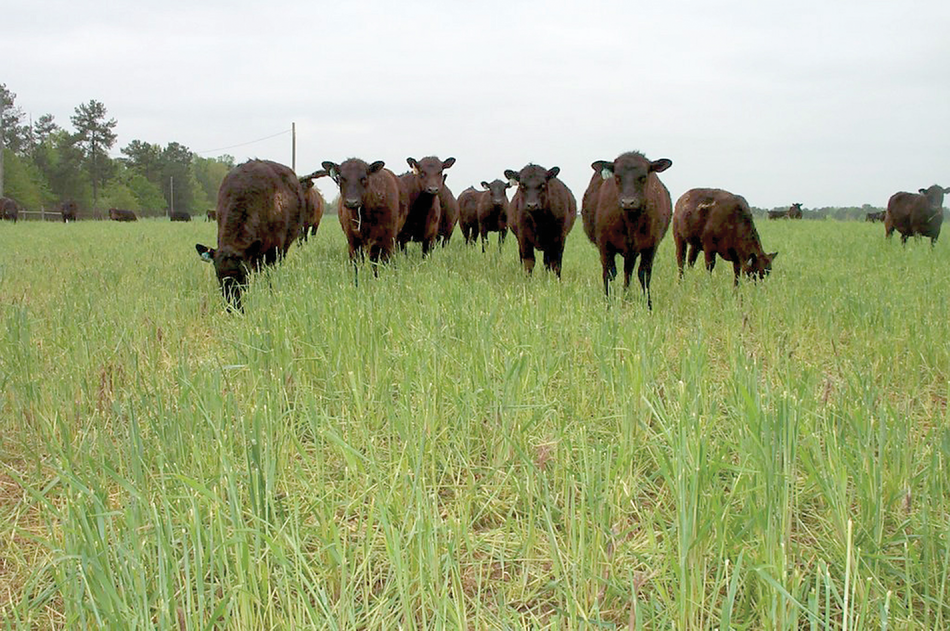
crop. Photo originally submitted by Schomberg et al.: https://doi.org/10.2134/csa2014-59-6-2.
In Search of Natural Systems
“Perennial crops have only been in development for a very short time compared with annual crops, and putting a price on this novel grain is hard because it is so new,” Daly says. “I think as long as we can figure out how to quantify and balance the trade-offs economically, like lack of erosion and reduced seed and fertilizer cost, perennial crops make an appealing option that is absolutely worth pursuing.”
According to DeHaan, many producers are excited to explore the opportunities presented by perennials. While many hurdles remain, new genetic tools will increase the ability to accelerate breeding programs to make up for lost time.
Daly hopes to continue these studies, specifically focusing on perennial polycultures that more closely mimic natural systems. “One of the big problems with agriculture right now is that we have disrupted the natural system,” Daly says. “By emulating more features of natural systems, like perennial polycultures, we can make agriculture more self-sufficient and move toward a more natural system.”
Dig Deeper
View the original article, “Perennial Rye as a Grain Crop in Alberta, Canada: Prospects and Challenges” in Agronomy Journal: https://doi.org/10.1002/agj2.20965.
Text © . The authors. CC BY-NC-ND 4.0. Except where otherwise noted, images are subject to copyright. Any reuse without express permission from the copyright owner is prohibited.






